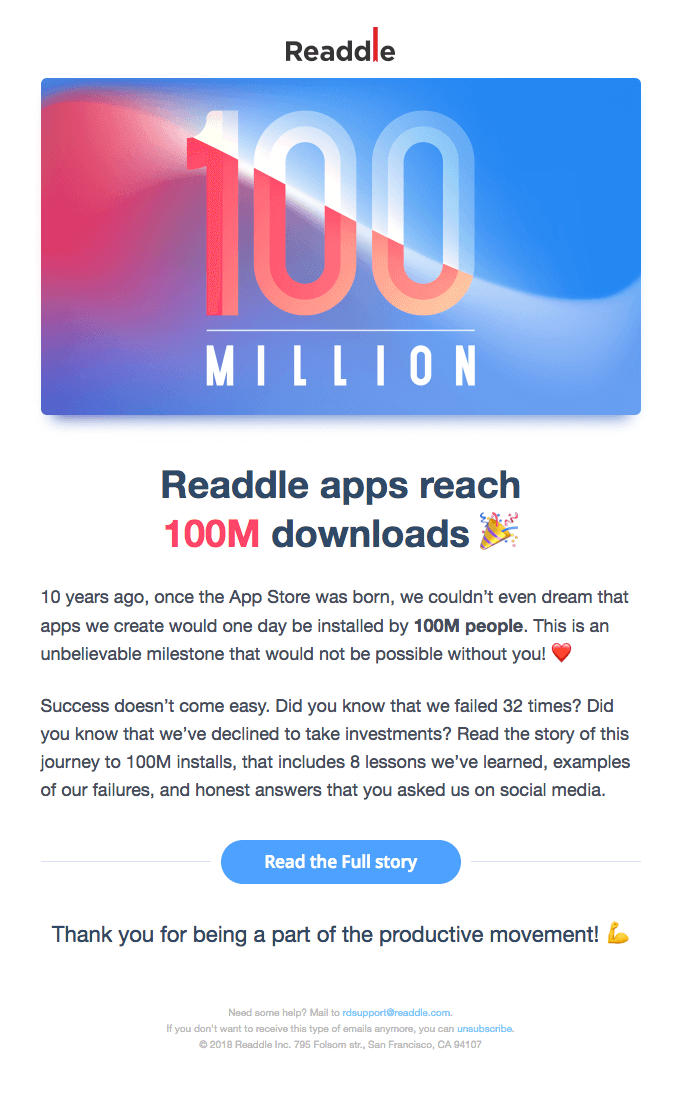There’s no single aspect of an email marketing campaign that will guarantee success. Everything must work together to achieve a high conversion rate and a high ROI.
That said, all of the hard work that you put into crafting your email will be for naught if you don’t have a strong call to action (CTA) to seal the deal.
If your email campaign is the bait for your subscribers, writing a CTA is the act of reeling them in.
Read on to learn everything you need to know about CTAs and why they’re essential.
What is a CTA in email marketing?
After the email has made your pitch to the reader, the CTA prompts them to respond. As for what this response is, it depends on the nature of your email, but it could be clicking a link, taking a survey, or sharing the email with a friend.
The content of a CTA could be as simple as “visit today” or something more personalized. CTAs can also come as plain text or buttons, the latter of which is best suited for the email context.
How to measure the efficiency of a CTA
A CTA is the part of your email that’s most clearly involved with a click. It’s the main part of the email that encourages the subscriber to engage.
Therefore, the efficiency of a CTA can be directly tied to your click-through rate. If you have a low click-through rate, there’s a good chance that it’s because your CTA isn’t doing enough to entice the reader.
Does it really matter?
Since a weak CTA can undo all the work that you put into the content of your email, CTAs are incredibly important.
Whether it’s a welcome email, a retargeting email, or a newsletter, the CTA is a crucial part of them all.
To ensure that you have no problem writing a compelling CTA, consider the following practical tips.
Make your CTA about the reader.
When writing your CTA, try to make it all about the reader by using the first-person possessive determiners. Instead of writing “Start your free 30-day trial,” write “Start my free 30-day trial.”
While this might sound like an insignificant change, people are far more likely to engage with material that gives them a sense of ownership.
CTAs that change “your” to “my” have resulted in an increased conversion rate of 90%.
A good CTA stands out.
One of the best design choices that can be made is to have the CTA button stand out from the rest of the email. There are a few different ways to do this, but surrounding the button with white space is a great way to draw the eye.
Likewise, you want to be sure that your CTA button is the appropriate size. Making it as big as possible isn’t the best choice. It should only be as big as the text inside requires. Unlike the space around the CTA, which is desirable, there shouldn’t be any extra space inside the button itself.
Source: Really Good Emails
What now?
Now that you’re aware of a CTA’s effect on click-through rates, it would be a good idea to educate yourself on what a positive click-through rate looks like. By doing so, you’ll be able to understand your number and pivot to a different CTA approach, if necessary.
